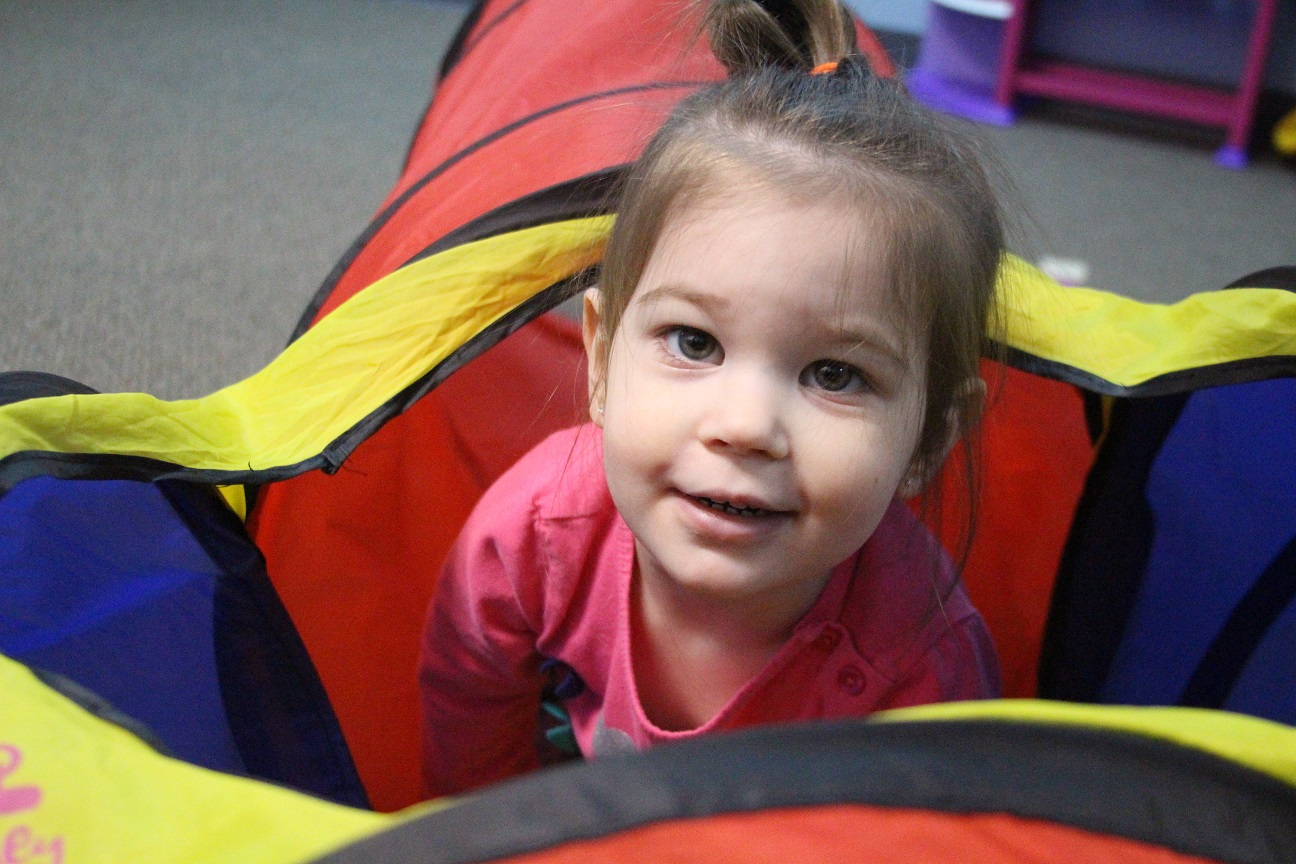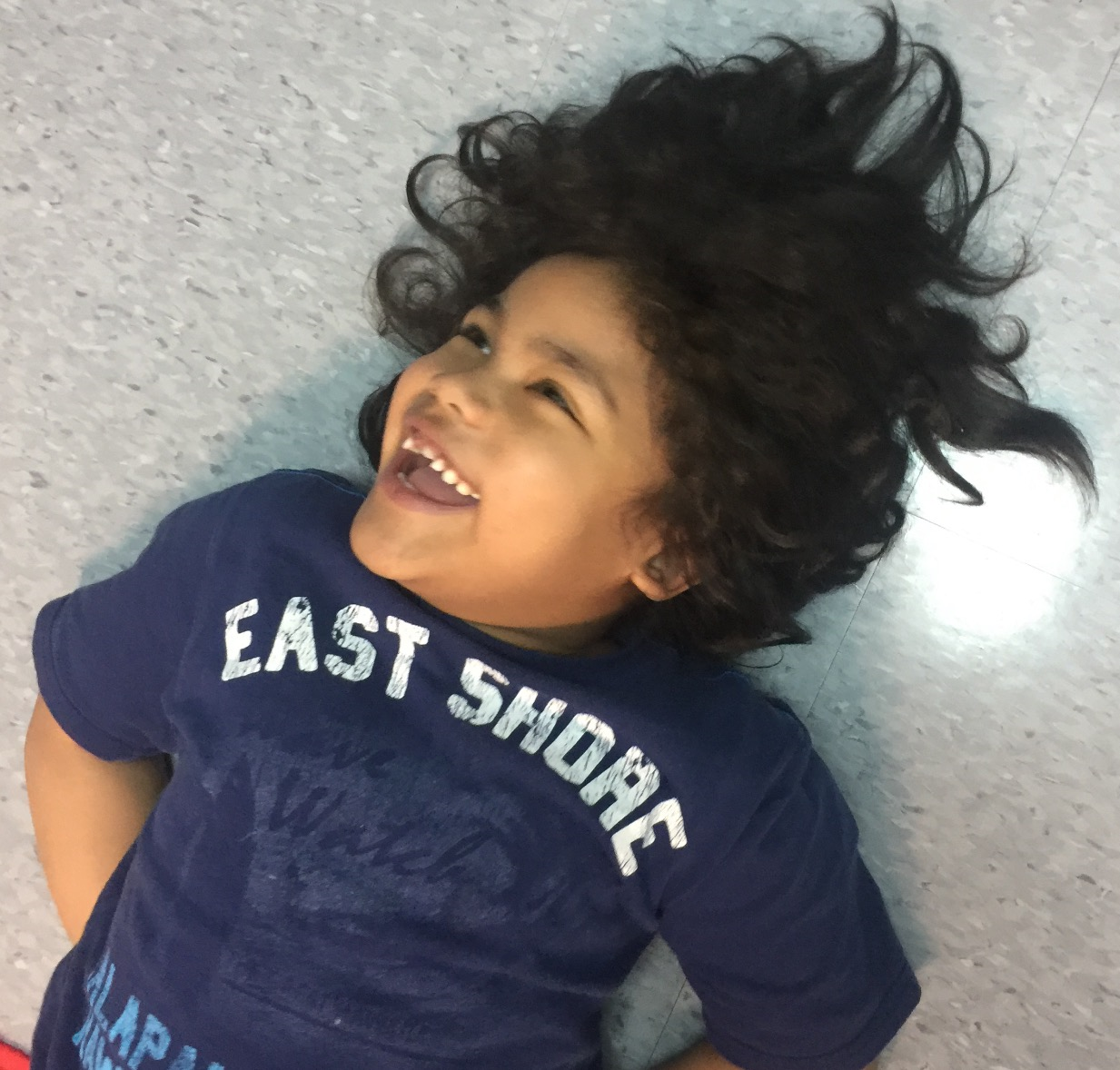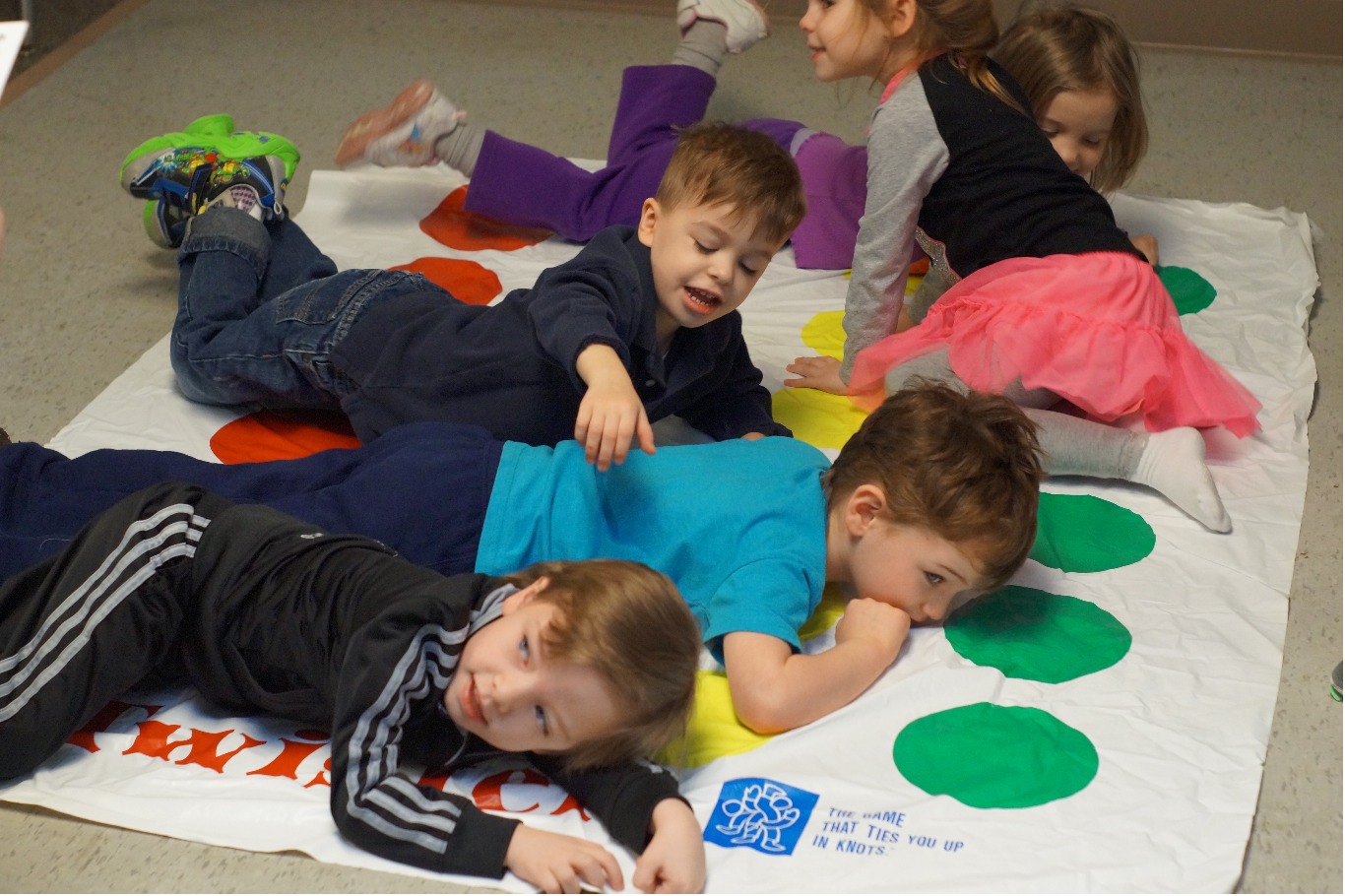Step 1: Contact Us
Call us at (586) 421-4062 to talk to one of our friendly front-desk staff to start the process.

Step 2: Evaluation
There are a few things to know in regards to evaluations, whether your child has been referred for ABA, Occupational, Speech, Physical, or Massage Therapy. The general components of our evaluations include parent/guardian interview to obtain background and developmental information about your child, assessment and observations one on one with your child, and the compilation of all of the information obtained into an extensive report that summarizes your child’s strengths, therapeutic needs, treatment recommendations, and goals for therapy.
Parent/Guardian Interview – Our therapists ask questions regarding your child’s birth, developmental, and medical history in order to get a complete picture of your child. Documents that you may want to provide at the beginning of the evaluation could include previous assessments completed, pertinent medical reports and findings, and information from your child’s school. The more information you can provide during the evaluation, the better and more complete picture the evaluating therapist can acquire.
One on One Assessment – Our therapists will work one on one with your child to obtain additional information regarding your child’s strengths and weaknesses. The specific developmental areas each therapist will assess will depend on the discipline completing the evaluation. For more information, please check out the various services we offer to see what developmental areas each discipline addresses.
Evaluation Report – Once your child’s evaluating therapist has completed the parent/guardian interview and one on one assessment they will compile all of the information obtained into an extensive report that summarizes your child’s strengths, therapeutic needs, treatment recommendations, and goals for therapy. Working closely with each family, our therapist is able to develop recommendations for treatment and determine frequency and duration of treatment based on the child’s and family’s best interest.

Step 3: Treatment
Once a comprehensive evaluation is completed, the evaluating therapist will develop a treatment protocol and recommend frequency and duration for treatment. The duration and frequency of treatment can vary greatly based on your child’s specific needs and the disciplines that they are receiving. Each child’s treatment is specific to them as each child has a unique set of strengths and weaknesses. At the Center for TLC, we provide services that treat the child’s needs and not their diagnosis.
Before beginning treatment, it is important to understand your insurance coverage, including deductibles, co-pays, and co-insurance amounts. Be sure to contact your insurance company directly to confirm your benefits. If you have questions or concerns about that process, give us a call and we’d be happy to walk you through it.
